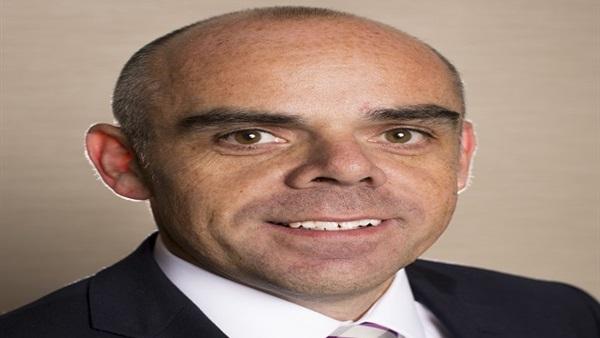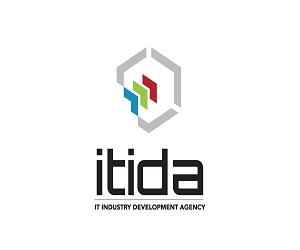By ; Islam Tawfik
New findings from the annual SAP Concur CFO Insights Survey* reveal how the priorities of finance leaders have evolved in response to economic pressures, geopolitical tensions, and technological advances such as artificial intelligence (AI) and cybersecurity. The 2025 report offers a snapshot of the most pressing challenges and opportunities in finance today, and how these compare to previous years.
Economic conditions top the list of external concerns
External forces are significantly influencing finance leaders’ decisions. Key insights include:
-
Worsening economic conditions are now the leading external challenge, cited by 41% of respondents.
-
Geopolitical tensions have surged as a concern, rising from 11% in 2024 to 37% in 2025.
-
Regulatory compliance linked to climate change is less of a focus this year with 23% ranking it among their top three challenges, a sharp drop from 69% in 2024.
While finance leaders cannot control external factors, they are expected to respond effectively. However, many are constrained by their own software solutions and systems, with 59% reporting poor data visibility as a key issue, followed by ease-of-use and adoption problems (56%), and limited reporting and analytics capabilities (48%).
Rising focus on AI and cybersecurity
Manual processes remain a growing internal challenge, cited by 38% of finance leaders, up from just 1% in 2023. But there is clear momentum in automation:
-
57% of finance teams now highly automate general office tasks (up from 7% in 2024).
-
Other top automation use-cases include journal entries and bookkeeping (54%), fraud monitoring (38%), and financial planning (30%).
-
AI is already delivering tangible benefits, with 94% saying it improves decision-making, 73% citing risk reduction, and 52% linking it to progress on ESG goals.
Cybersecurity is another rising priority, with more than half of finance leaders planning to increase cybersecurity budgets, yet only 20% intend to strengthen collaboration with the Chief Information Security Officer (CISO) and IT teams. This is because opinions are split on ownership. Data reveals that 45% say cybersecurity should be led by IT, while 50% see it as a shared responsibility between IT and finance.
This debate comes at a critical time, as cybersecurity preparedness could influence growth trajectories:
-
33% of finance leaders expect growth to proceed as planned,
-
50% will adapt initiatives to fit the cybersecurity environment, and
-
16% plan to slow growth to focus on cybersecurity.
Growth priorities in 2025
This year, finance departments are optimising costs and efficiency as the primary growth lever (69%), followed by AI investment (58%) and ESG sustainability (48%).
However, cross-functional collaboration is essential:
● 95% of business leaders rate themselves as ‘excellent’ or ‘good’ at securing internal buy-in for growth strategies – and 89% of HR leaders and 88% of IT leaders agree.
● Yet, there’s controversy among those working in finance over who should be responsible for this growth, with 81% of CFOs believing the CFO is the primary driver of growth, despite only 52% of finance Senior Vice Presidents (SVPs) agreeing.
● Instead, SVPs favour shared leadership (28%) or a supporting role for the CFO (20%). Only 9% of CFOs agree that growth should be a shared C-suite responsibility.
“Given the current focus on efficiency and automation for finance leaders, it’s no surprise that investment in these areas will continue to increase, indicating that there’s not just a challenge to be faced, but an opportunity for growth,” says João Carvalho, Managing Director of SAP Concur in Southern Europe (Spain, Portugal, Greece, and Turkey), the Middle East, and Africa. “The real differentiator will be the CFO’s ability to secure buy-in across departments and enable organisation-wide solutions that support shared growth.”
*SAP Concur surveyed 350 chief financial officers and senior finance leaders, 115 HR leaders, and 115 IT leaders for its latest CFO Insights report.
The research, conducted between December 2024 and January 2025, covered Australia, Brazil, Canada, Germany, Japan, Mexico, the United Kingdom, and the United States.














































































